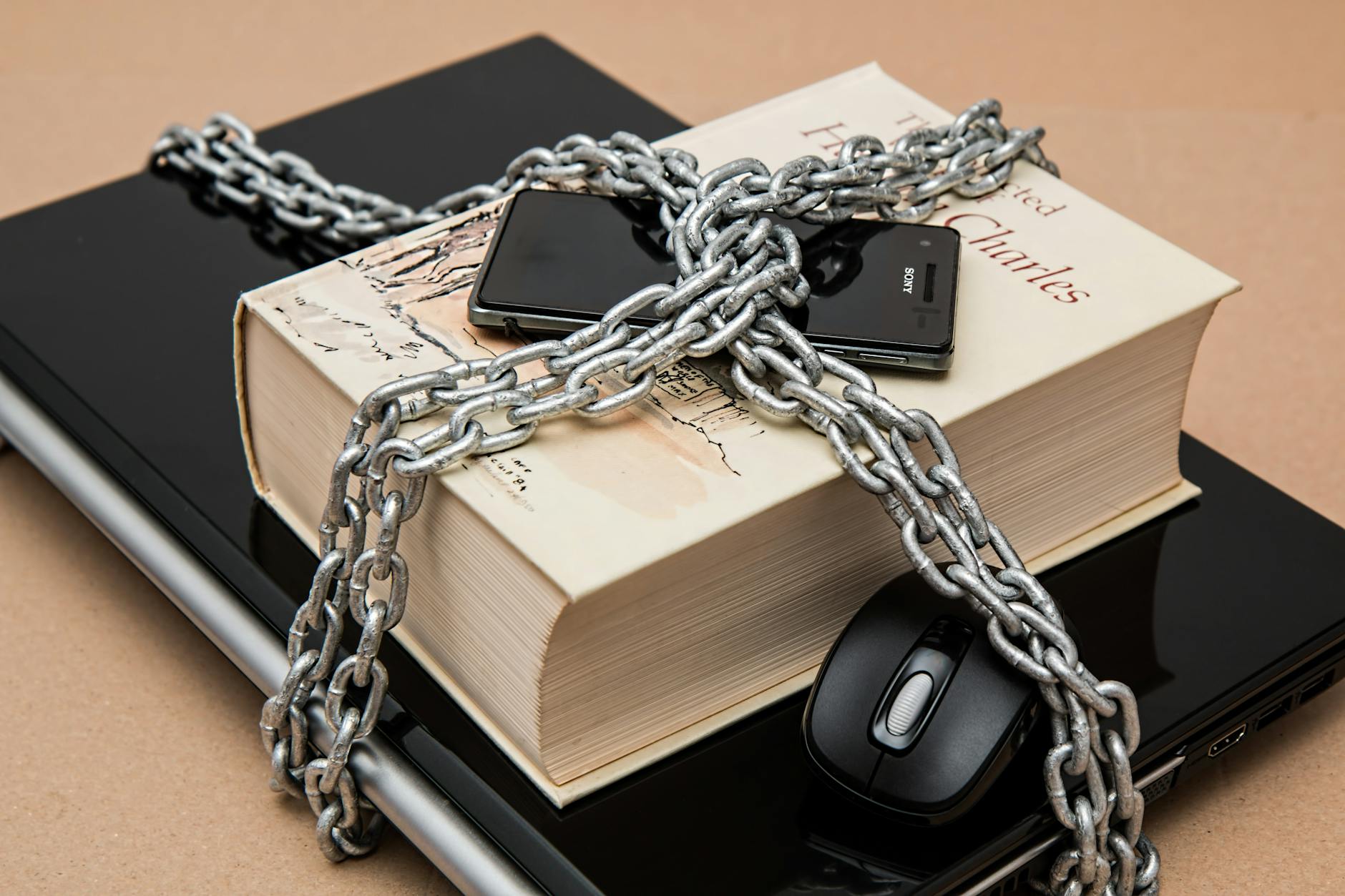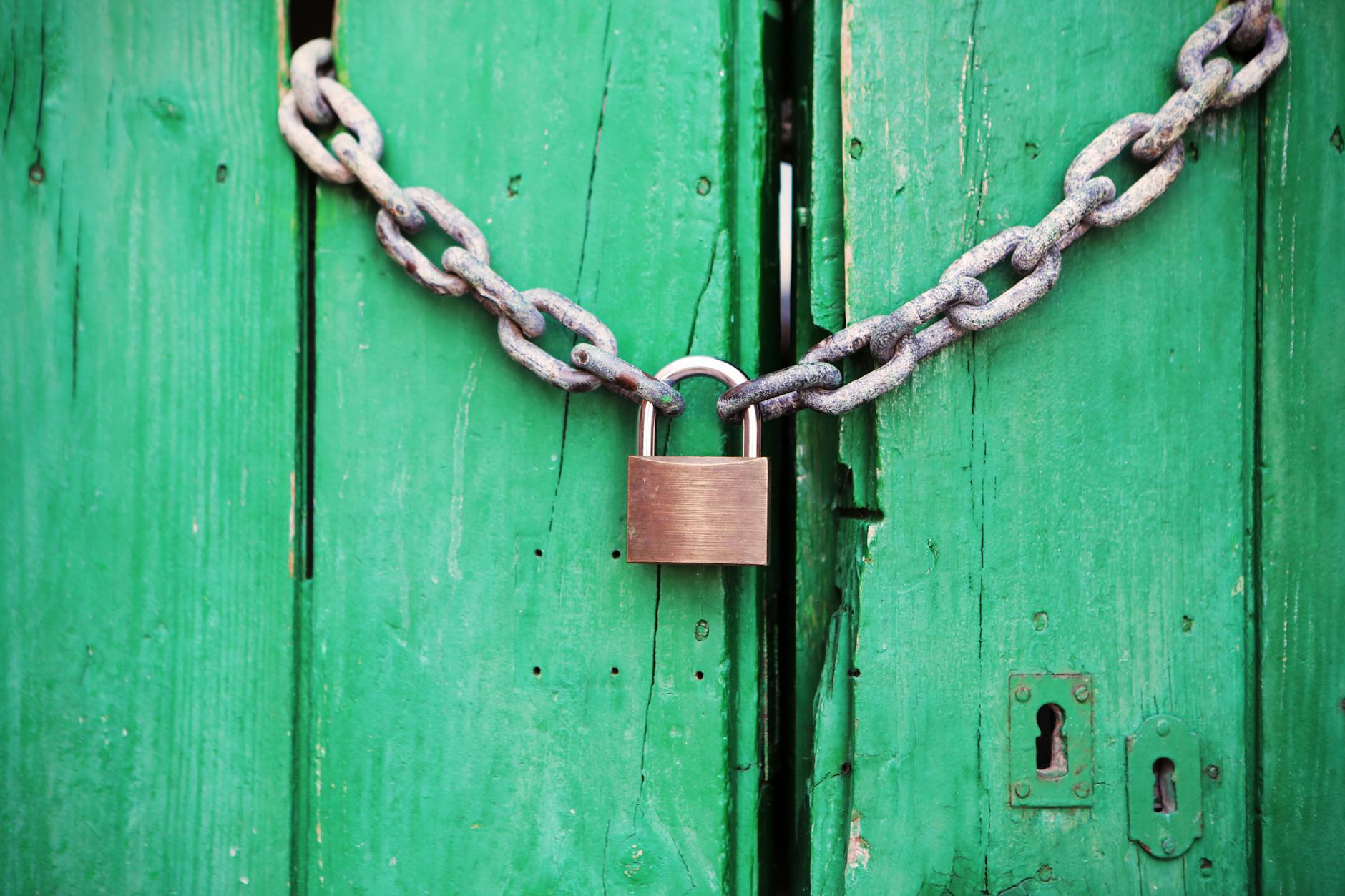I now see why folks are building tools like Aperture. Actually processing a digital image really well is very complicated. The workflow for 35mm negatives to digital I kind of get now (Vuescan to Photoshop), but there is a whole new world if really want the highest quality output. The main thing is that if you shoot RAW, there is no in-camera processing of images, so you can tweak to your hearts content. As usual, you can either just use the Photoshop suite, or you can roll your own with different pieces. There is an amazing amount written about how to do flows. As usual, google:”canon raw processing” is a good way to start:
h3. “MKWPhotography”:http://www.mkwphotography.com/workflow.htm.
Wow, this is an amazing well written summary of doing a Canon workflow. To summarize, here is how he does it:
# “Breezebrowser”:http://breezebrowser.com to copy the images from the camera to the computer. Personally, with a 4GB (heh, heh) card that stores 300 images in Large+RAW mode in the Digital Rebel, just taking it out is simple and Windows has decent tools for previewing. The main thing the third party tool allows is automatic renaming of the images to prevent duplication. You then delete and create a nice hierarchy like _e:\pictures\$tif\2006\2006-06\2006-06-01\_. One habit I personally picked up is duplicating dates like this. That way if you accidentally copy one directory into another you don’t have terrible collision of filenames and directories.
# “Capture One”:http://www.phaseone.com/. This is supposed to be an expensive but high control tool for converting the Canon specific .CR1 files into .TIF files. These guys have a zillion different versions but the LE is the low end and Pro is the expensive high end. It lets you set white balance and also you tie the camera’s color profile in as well. LE is $99 whereas Pro is an astounding $500.
# “Photoshop”:http://adobe.com. Then there is the very expensive Photoshop CS 2 or Photoshop Elements 3.0 if you’ve a lack of dough where you apply the rest of the tools
## “Neat Image”:http://neatimage.com. This is a plug in for Photoshop that is camera specific and takes the noise out of shots. Very useful at ISO 400 and above. This is quite reasonable at $30 Home or $75 Pro versions. You really want the Pro because it has 16-bit image processing.
## “DxO”:http://dxo.com. Finally, there is the very cool DxO filter that automatically removes the optical distortion from lenses. There is a Starter (non DSLRs), Pro Standard and Pro Elite (what is with this naming!). The pricing depends on the cost of the cameras that they support. So the Digital Rebel only needs the $149 standard, while a 5D needs the $300 Elite.
## Unsharp Mask. This is the useful sharpening tool. He recommends using 100-150%, 0.6-1.0 radius and 3-6 threshold, although he usually starts with 100%/0.6/3 as a starting point.
h3. Photography on the Net
Wow, there are lots of “raw converters”:http://photography-on-the.net/forum/showthread.php?t=80337 out there. Apparently one that is free is something called RawShooterEssentials. “Outbackphoto”:http://www.outbackphoto.com/artofraw/raw_18/essay.html reviewed it and says that its a very good free for now utility. There is also a list of the really great ones:
* Adobe Camera RAW. Part of Photoshop CS 2 (a stunning “$460”:http://www.pricegrabber.com/p__Adobe_Photoshop_CS2,__8097741/sort_type=bottomline and Photoshop Elements 3.0 and 4.0 (although many “folks”:http://www.pricegrabber.com/rating_getprodrev.php/masterid=12128413/id_type=masterid like 3.0 better because Adobe got rid of the very useful file browser). N.B. The “academic”:http://www.pricegrabber.com/p__Adobe_Creative_Suite_2_Premium_Edition,__11660815/sort_type=bottomline versions are quite reasonable if you are a student or educator.
* Capture One. The first and the best of the independents
* Camera Raw, Canon DPP and Bibble are getting close.
h3. Rawworkflow
There is whole site that is dedicated to nothing else other than “RAW”:http://www.rawworkflow.com/index.html processing.





